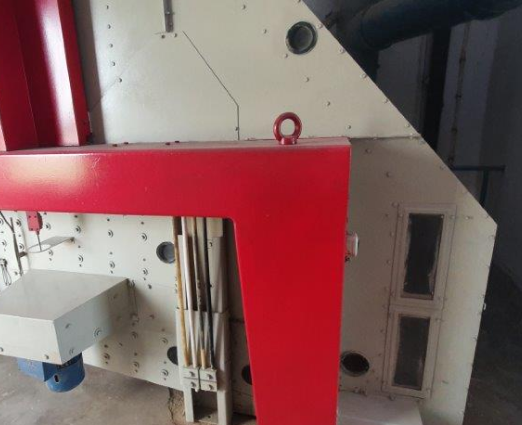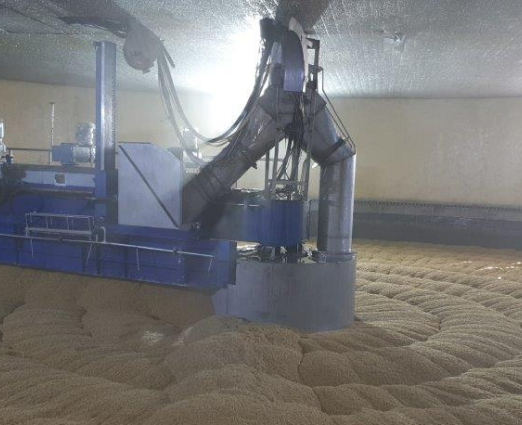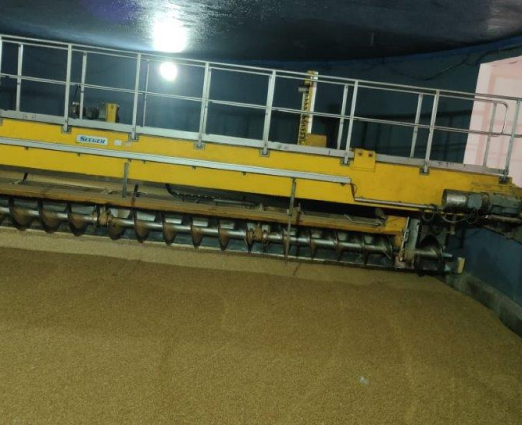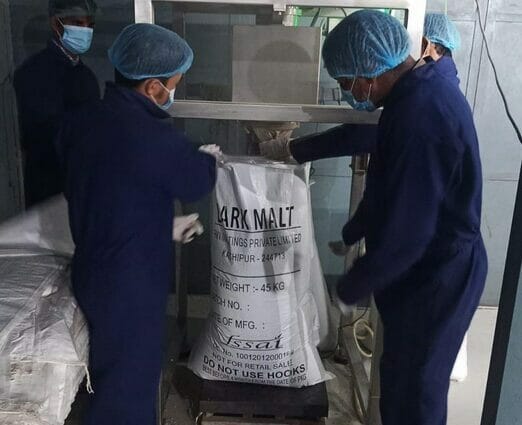THE CRAFT OF MALTING
WHAT IS MALT?
Malting is a fascinating process which originated several centuries ago, involving the conversion of the starch present in barley grain into fermentable sugars using the natural enzymes inherently prevalent in barley. Although simple in technique, malting is complex and nuanced in execution.
The process has a few key steps:
01
Cleaning & Grading
02
Steeping
03
Germination
04
Kilning
05
Final Cleaning & Packing
In effect, even before the malting process begins, the deciding factor in the creation of good malt is the selection of the right barley. In order to receive optimum results, each lot of grain is carefully tested against the most stringent quality parameters before being selected for procurement. These parameters include the moisture content, Thousand Corn Weight (TCW), foreign matter content and germination capacity. Once each lot has passed the test, the grain is packed in bags, weighed, and sent to the warehouse or factory.
Each incoming lot is then further checked at multiple stages to ensure compliance to the quality specifications and is only unloaded at the factory after meeting each one of them.
Cleaning and Grading
During this process, the coarse and fine impurities are removed, and only the correctly sized grains make it into the barley silos for storage. Constant, vigilant monitoring and tracking during storage then ensures that the grains remain as viable as possible.


Steeping
In the next part of the process, the grains are mixed with and immersed in water to bring life back into them. The water penetrates the outer layers and allows the grains’ inherent natural alpha and beta amylases to start acting on the starch present in the endosperm, converting it into sugar. This grain-water mixture, which is housed in stainless steel vessels, is pumped with compressed oxygenated air to encourage healthy respiration. This entire process emits a significant amount of carbon dioxide, which requires active removal to keep the grains healthy. All in all, steeping may take up to 30 hours.
Germination
This next step allows the enzymes to be fully activated and complete the conversion of all the starch in the grain into fermentable sugars. During this time the grains are stored in extremely cool conditions (15-20 Celsius), away from sunlight and are given plenty of water. The grains release a significant amount of heat here, which necessitates that the grain bed be constantly turned over and sprayed with water to prevent the barley from burning. This step is key to the malting process and effectively dictates what the final quality of the malt will be. It may take anywhere from 4 to 5 days to complete.


Kilning
Once the desired characteristics are achieved in the grain, it is important to deactivate the enzymes by treating it with hot air from the bottom of the grain bed. This hot air must be passed smoothly and evenly throughout the grain bed. In certain varieties of malt, air temperatures may reach up to 95 degrees Celsius, thereby bringing down the grain moisture content of the final product below 5% to facilitate easy storage and transportation of the malt.
Final Grading and Packing
Once the malt has dried properly, it is graded yet again to remove any kind of metallic and foreign impurities that may have come in during the malting process. Furthermore, it is thoroughly sieved to ensure that all the malted grain is evenly sized. Finally, it is packed in bulk containers or bags in strict adherence to customer specifications, and the highest quality of malt is then dispatched to its final location.

